Reviewed by: Y. Garcia
When you look at your Apple Watch Ultra 3 or the new titanium Series 11, you're seeing something that quietly revolutionizes how premium consumer electronics get made.
Right there on your wrist. These aren't just the latest iterations of Apple's wearables; they're the first mainstream consumer tech products to feature cases entirely 3D-printed from recycled aerospace-grade titanium powder, according to multiple industry reports.
Now here's what really changes the game: Apple's shift to additive manufacturing cuts raw material usage in half compared to previous generations, as detailed in technical analyses. Apple projects savings of over 400 metric tons of raw titanium in 2025 alone through this new process, industry sources confirm. In practice, that means two watches from the same material used to make one, while still meeting the tight tolerances premium wearables demand.
Beyond hobbyist machines: Apple's precision challenge
Most of us picture desktop printers spitting out rough prototypes or desk toys. Apple had a different mountain to climb, building at a scale that would make most factories sweat, and meeting the finish and accuracy millions of buyers expect.
The manufacturing process involves an intricate sequence of over 900 individual operations for each watch body, manufacturing reports indicate. Steps range from powder preparation and layer fusion to precision cutting and optical inspection. Tolerances sit in the micron range. Consumer-grade printers were nowhere near that bar, so Apple developed custom methods to preserve the pristine mirror finish required for Series 11 models, according to technical documentation.
The Ultra 3 brought its own trials. Adventure-focused users expose watches to temperature swings, impacts, and corrosive environments, conditions that call for specific metallurgical properties only achievable through controlled thermal processing, engineering analyses show. Apple had to demonstrate that additive parts could match or beat traditionally forged titanium.
Layer by layer: The technical breakthrough
Here's the core of it. Apple's implementation uses Laser Powder Bed Fusion, a precise additive technique that builds cases through controlled material deposition.
The process begins with recycled titanium that is transformed into powder particles measuring exactly 50 microns in diameter, technical specifications reveal. Think very fine sand, small enough to flow cleanly yet large enough to avoid surface defects. Six high-powered lasers work in coordination to melt and fuse each 60-micron layer of titanium powder, and the build plate drops a hair after every pass, detailed process documentation shows.
Patience pays here. The printing cycle runs about twenty hours and stacks over 900 layers before cases head to finishing, manufacturing timelines indicate. That longer cycle improves thermal control and stress relief compared to rapid machining, which contributes to the mechanical strength of the finished cases.
Quality control has to be relentless at this scale. The workflow includes ultrasonic powder removal, precision wire cutting with liquid cooling, and automated optical inspection to verify dimensions, according to production reports. Each check doubles as data collection for continuous tuning of the process.
Material science meets sustainability goals
The environmental impact goes beyond saving material, though the numbers are strong. Traditional subtractive manufacturing starts with large billets and machines away metal, leaving substantial waste to recycle or discard, manufacturing process comparisons show.
Apple's additive approach builds each case close to its final shape, achieving that 50% reduction in raw material usage, efficiency studies demonstrate. The efficiency reduces supply chain complexity, trims transportation of heavy raw stock, and softens exposure to volatile titanium prices. Cost savings help Apple offer premium titanium cases at more accessible price points while maintaining margins.
Materials science is part of the story, too. Apple sources grade 23 titanium with reduced oxygen content tuned for laser fusion, materials engineering reports detail. Scrap becomes recycled powder that still meets strict chemistry requirements for consistent printing. Lower oxygen helps prevent brittleness during rapid heat cycles.
Energy use gets attention as well. All electricity used in Apple Watch manufacturing now comes from renewable sources like wind and solar, supporting the company's broader 2030 carbon neutrality commitment, sustainability documentation confirms. That change significantly reduces the printing process's carbon footprint compared with using conventional grid power.
Design freedom unlocks new possibilities
Moving from subtractive to additive unlocked shapes and structures you simply cannot machine from a solid block, engineering improvements show. Complex internal geometries, hollow sections, and integrated features come off the printer intact.
Some of those choices deliver immediate gains. Printing internal textures and channels improves waterproofing in antenna housings for cellular models by dialing in surface roughness that helps gaskets seal. Traditional machining cannot reach those inner surfaces to texture them, which limits design options.
The approach has already spilled beyond the watch. It enabled an ultra-thin titanium USB-C port enclosure for the new iPhone Air's 5.6mm chassis, product development reports indicate. The port's complex internal geometry, featuring integrated strain relief, electromagnetic shielding, and thermal management, would demand multiple machined parts and assembly steps. 3D printing creates it as a single piece with built-in functionality.
Production still plays nicely with existing systems. Each printed case gets barcode marking for full traceability, production documentation reveals. Apple's metallurgy team developed and refined the process internally over three years, a signal that the company wants to own key manufacturing tech rather than rely only on outside suppliers, development sources confirm.
What this means for the future of tech manufacturing
Apple's rollout of 3D printing at consumer scale is more than a tooling upgrade, it hints at a new playbook for building premium devices. The shift changes how products are made without asking buyers to compromise on quality or durability, strategic analyses suggest.
There is a moat. Apple's three-year investment, supply partnerships, and in-house metallurgy expertise create barriers others will have to climb. Even so, observers expect other brands to test similar additive approaches for high-end products over the next 2 to 3 years as titanium gains validation in wearables beyond aerospace and medical uses, market trend reports indicate.
Apple's mix of recycled materials and advanced manufacturing strengthens its sustainability stance and could shape future 3D-printed parts in high-end Apple products, industry forecasts show. With material efficiency and design freedom in the same package, additive starts to look compelling for complex, high-value components like laptop chassis, smartphone frames, and tablet enclosures.
Bottom line: Apple just showed that 3D printing has moved from hobbyist accuracy to consumer-grade precision at scale, technology readiness assessments confirm. This isn't just ready for your wrist, it is ready to change how we think about making the devices we use every day.




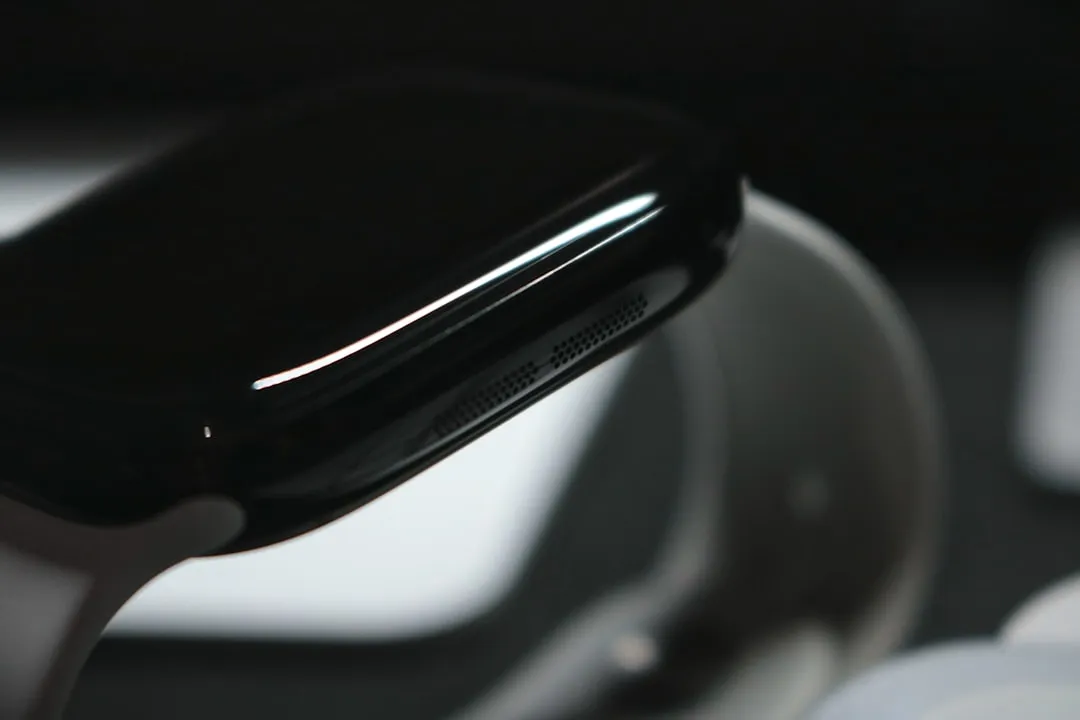

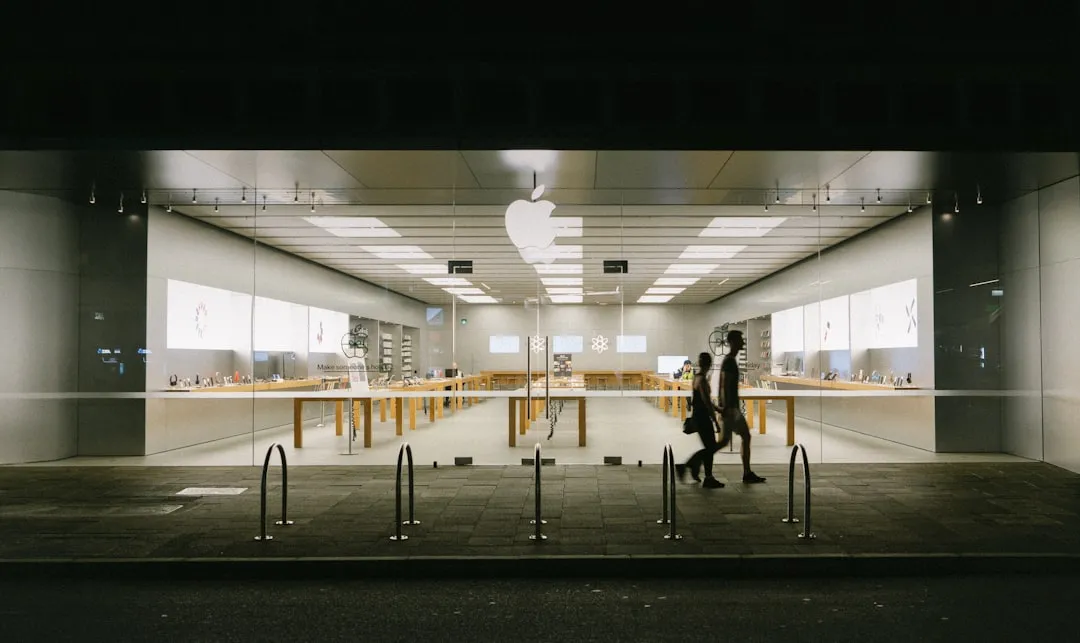

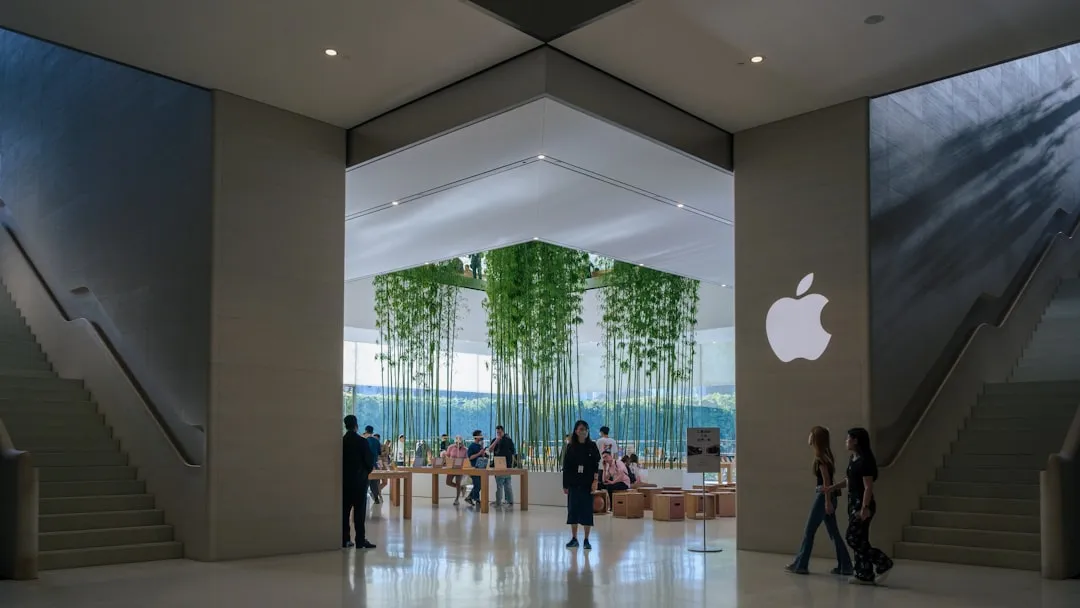

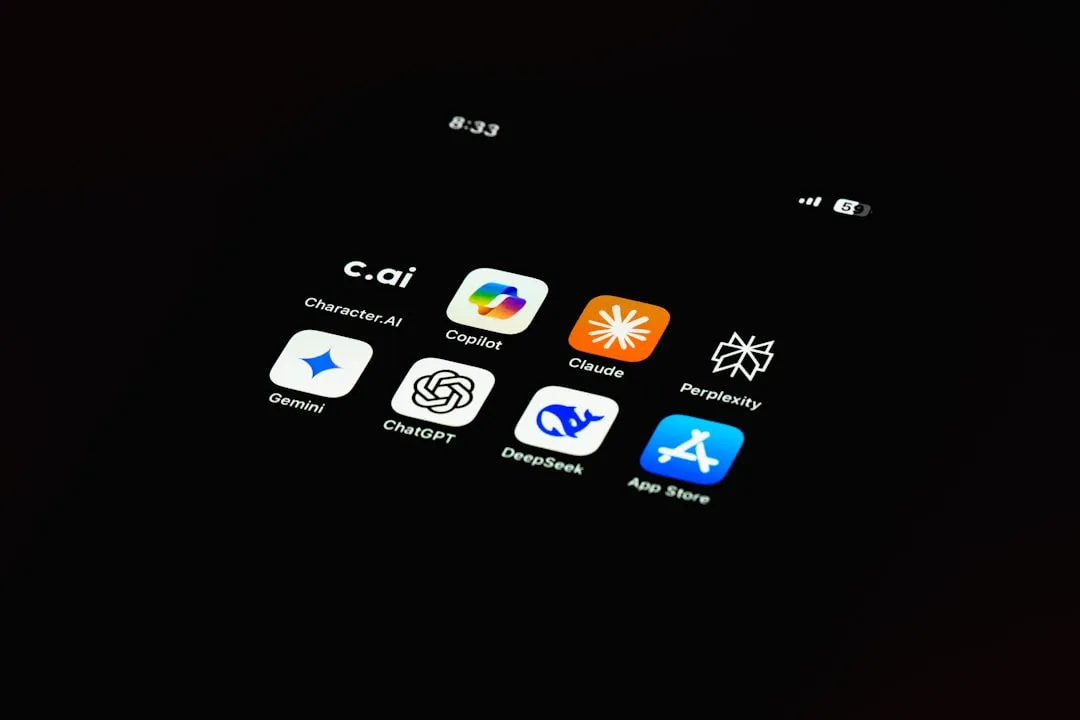


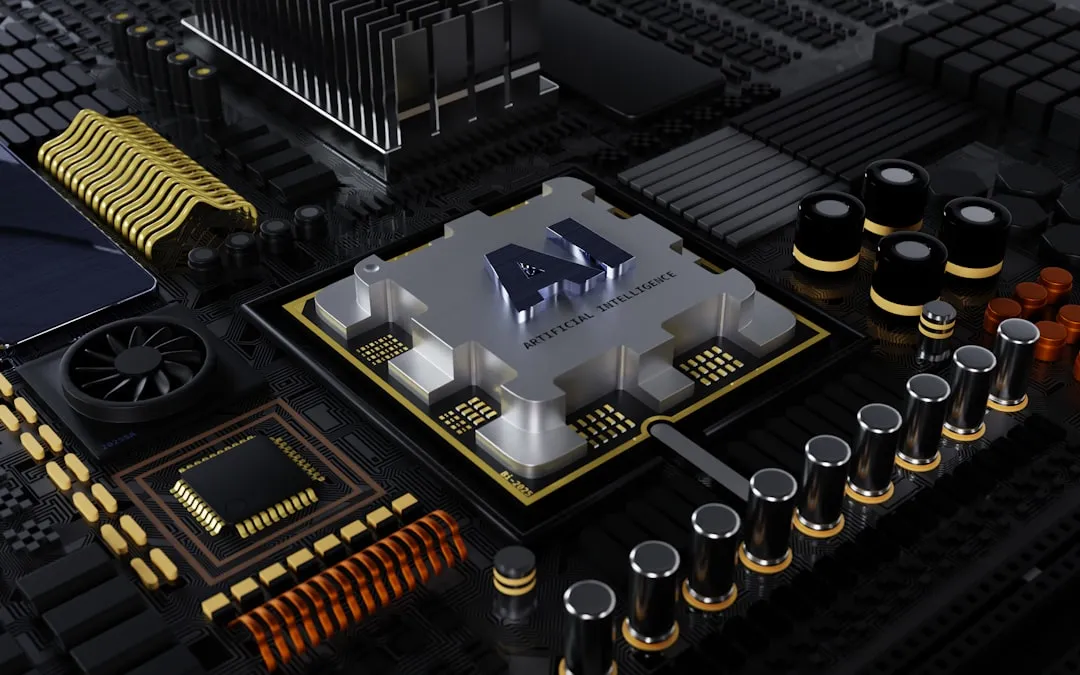

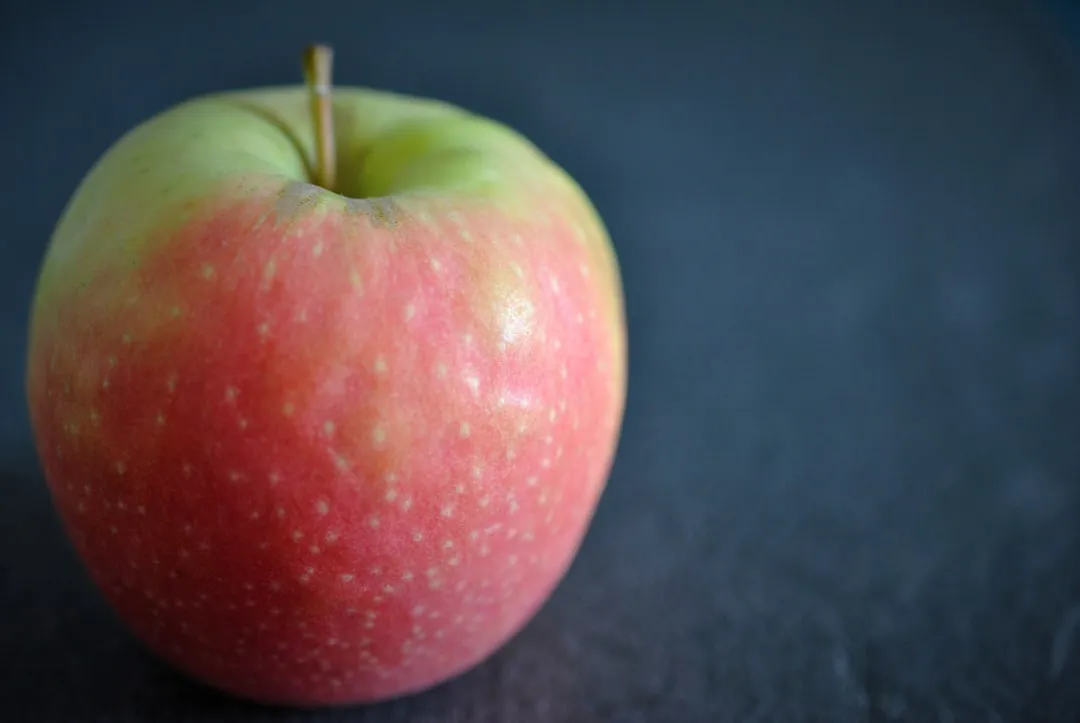
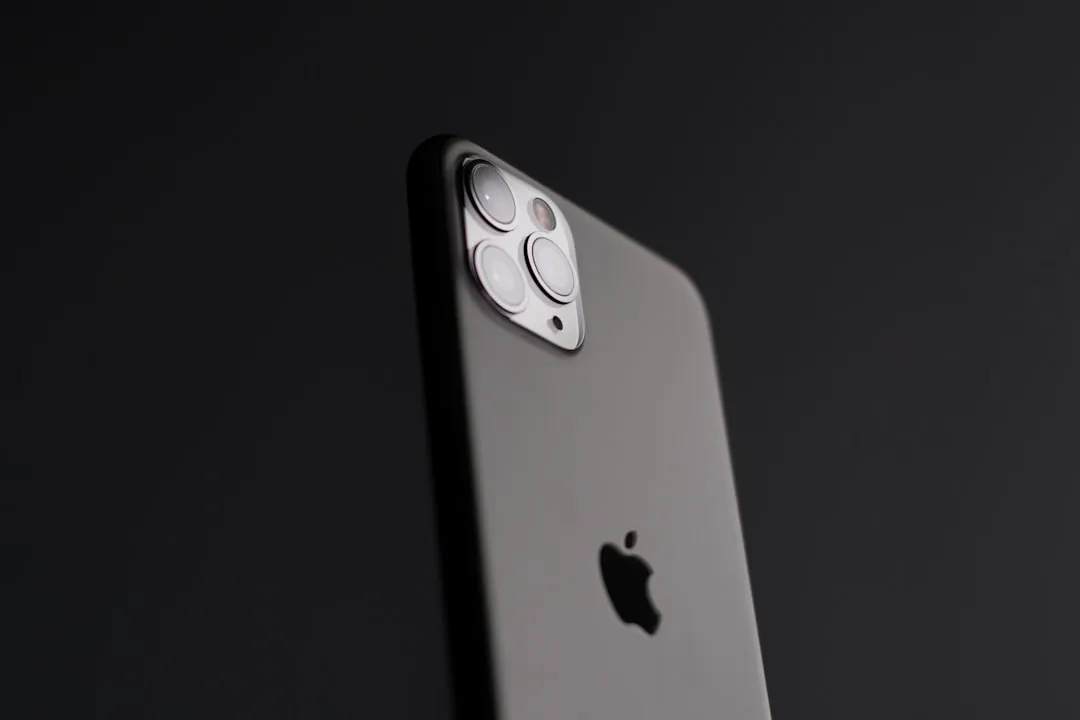


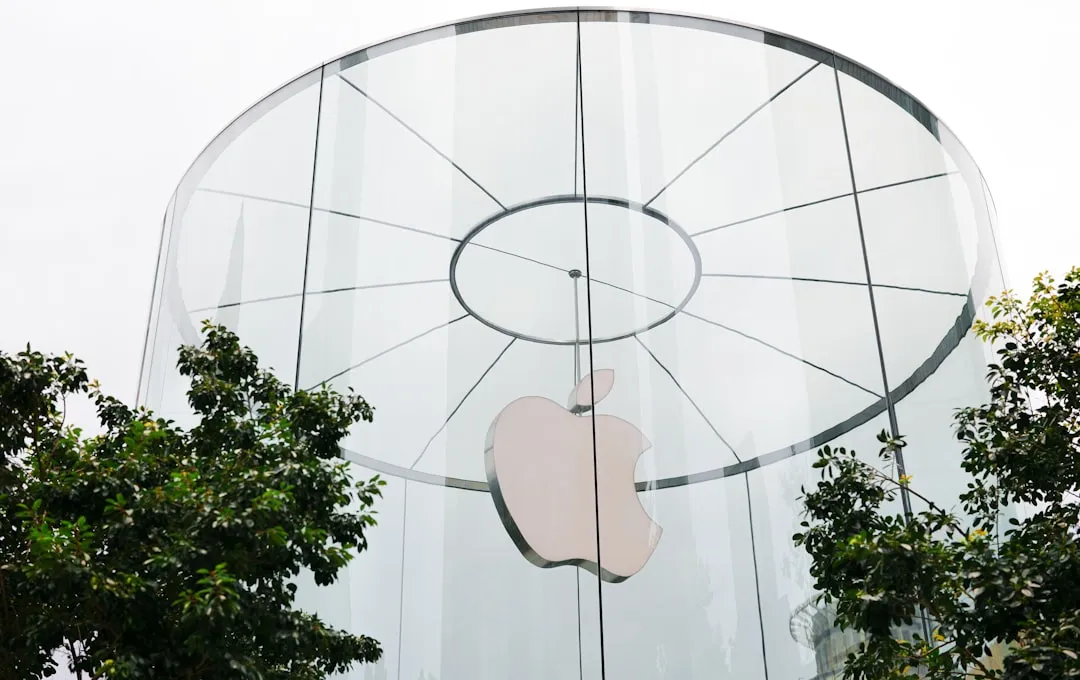
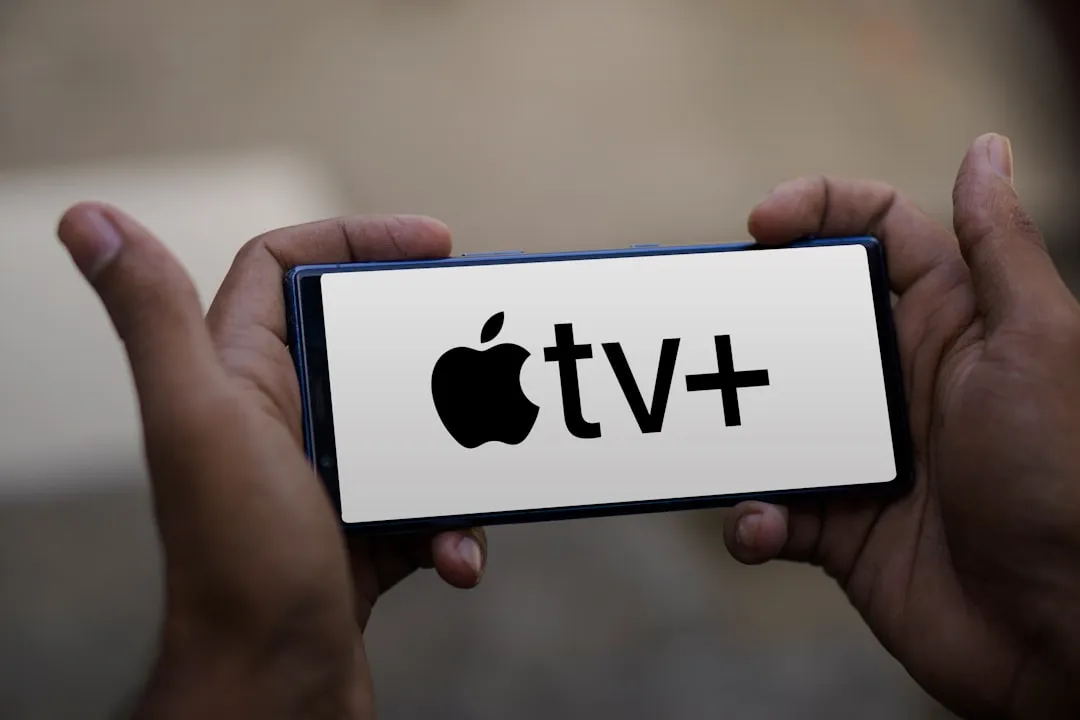
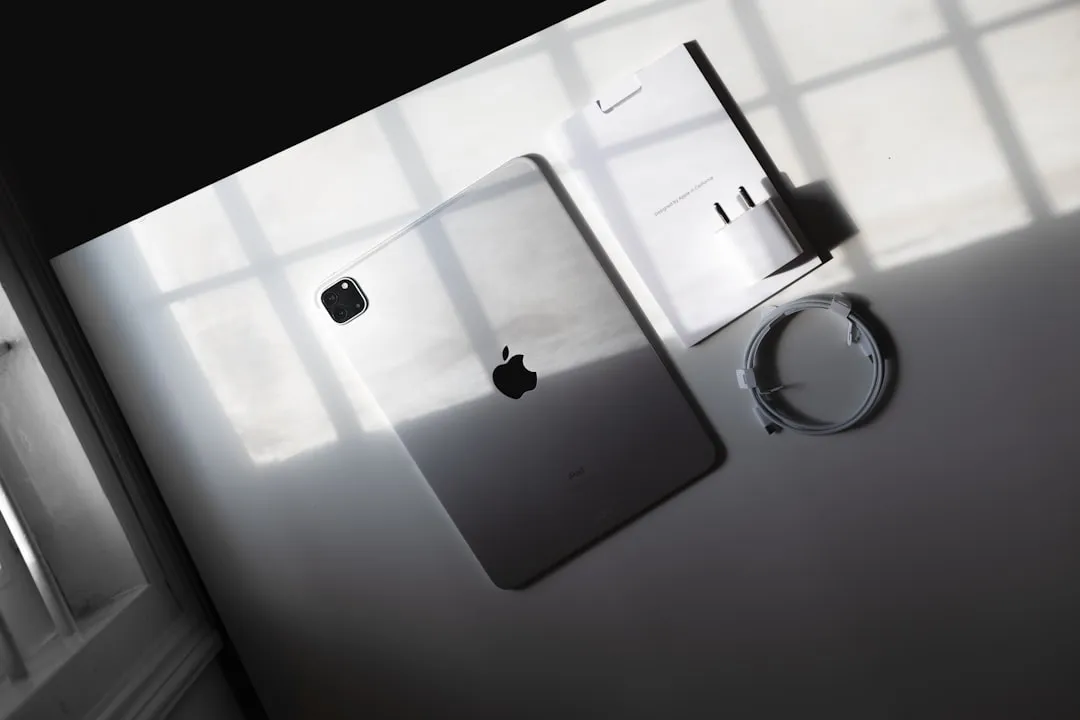

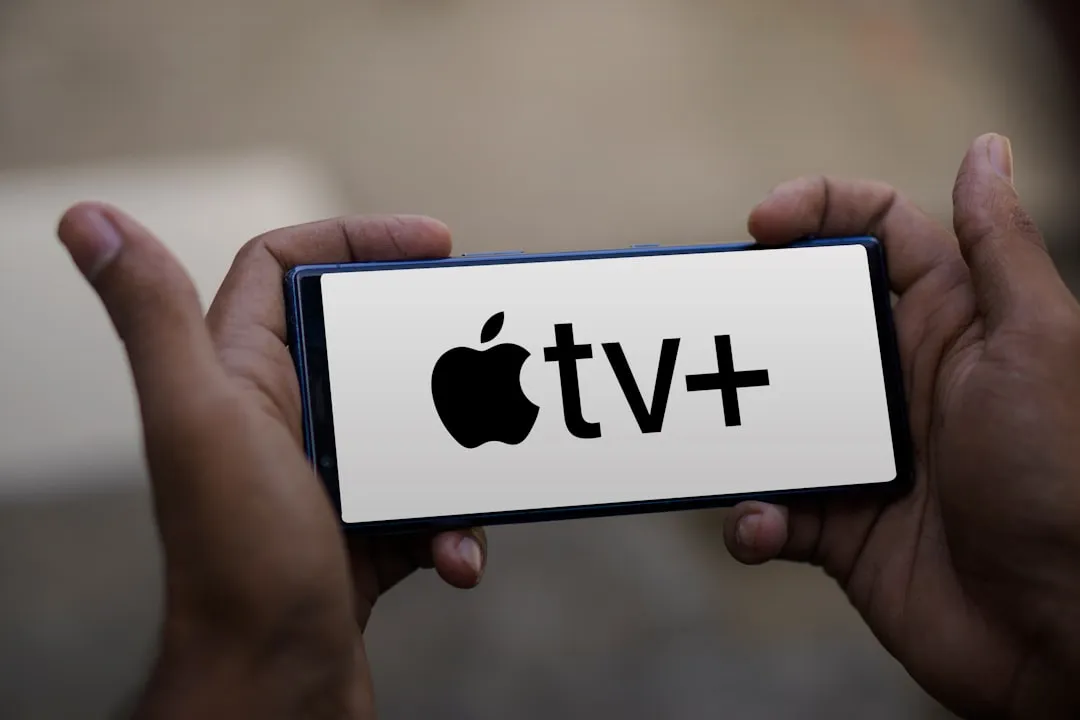

Comments
Be the first, drop a comment!